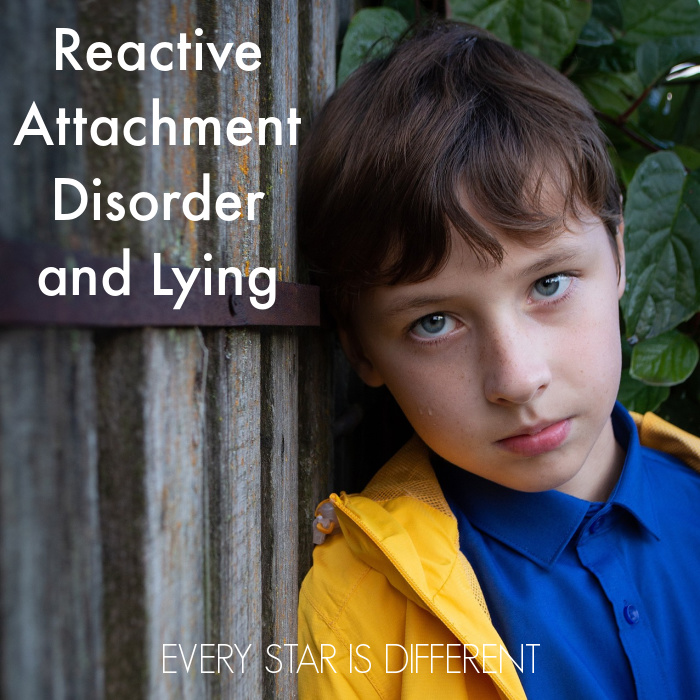No two cases of Reactive Attachment Disorder are exactly the same.
Every child and trauma experience are unique and different.
However, there is a differentiation when it comes to specific symptoms.
There are two types of Reactive Attachment Disorder.
Both types of Reactive Attachment Disorder operate on a spectrum, meaning that some cases are far more mild or severe than others.
Understanding a child's type of Reactive Attachment Disorder can help when choosing what types of treatment may be beneficial.
So, what are the 2 types of Reactive Attachment Disorder you ask?
Let's go through all of the details!
What are the 2 Types of Reactive Attachment Disorder?
Before we dive into the two types of Reactive Attachment Disorder, it's important to understand what all children with Reactive Attachment Disorder have in common.













No comments:
Post a Comment